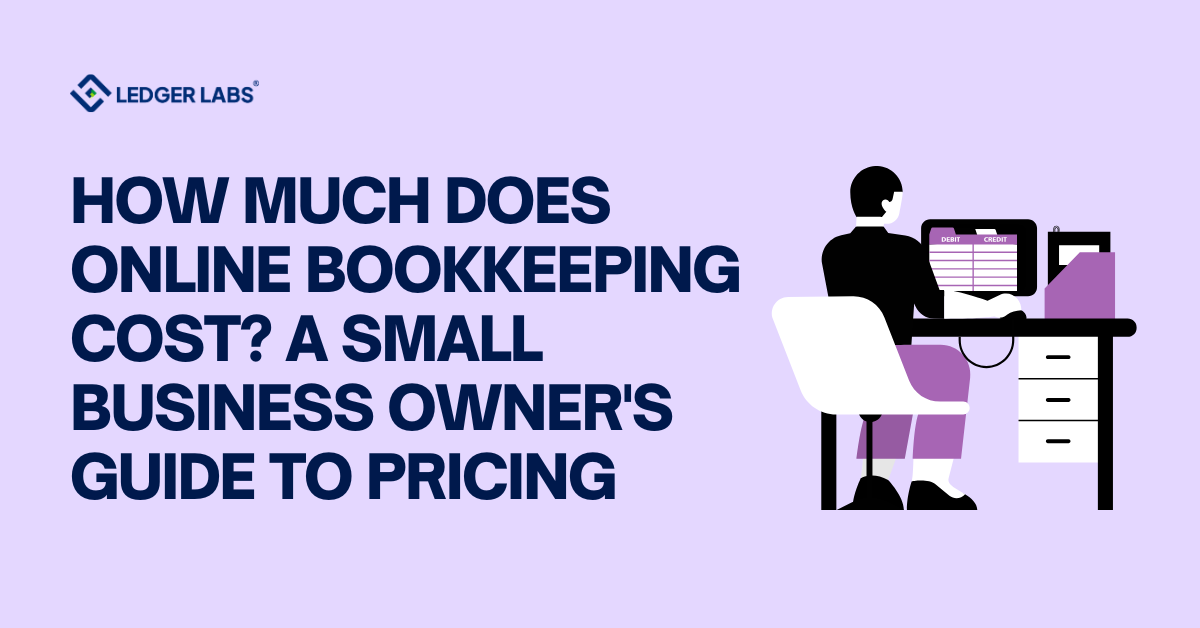Odoo is an accounting and bookkeeping tool that is one of the most used, preferred, and flexible options that most businesses can equip.
But most manufacturers using Odoo barely scratch the surface.
They set up BoMs, log work orders, track inventory, and maybe automate a few workflows. But beneath that surface, Odoo has features that, if configured correctly, can reveal margin leaks, reduce waste, and give operations teams the visibility they need to make smarter decisions every day.
This isn’t about dashboards or automation for the sake of it. This is about cutting real costs by using tools that are already built into the system.
These are features that most Odoo users either overlook or underutilize.
And if your manufacturing margins feel thinner than expected, or your floor is running overtime without a clear reason why, start with this guide.
- Work center capacity planning prevents overload and delivery delays.
- Routing costs reveal real production margins, not just raw material inputs.
- Scrap tracking uncovers process problems early.
- Backflush costing keeps fast lines efficient and accurate.
- OEE dashboards offer daily visibility into performance losses.
1. Work Center Capacity Planning (Most Owners Skip This Setup)
When it comes to production capacity, most manufacturers rely on instinct. They know their machines, they trust their operators, and they base production timelines on past experience. But Odoo lets you codify and optimize this instinct.
With proper work center configuration, you can:
- Define capacity per machine or team
- Set real cycle times and downtime buffers
- Analyze efficiency per operation
- Plan orders based on real availability, not guesswork
One client we worked with, a contract manufacturer running two CNC stations, had regular delays because jobs were overlapping in production windows. Their scheduler had no visibility into true capacity. We set up detailed work center rules, enabled OEE tracking, and within a month, their production overruns dropped by 30%.
Capacity planning isn’t about restricting throughput. It’s about knowing where your real limits are.
Also Read: The Cost of DIY Odoo Implementation vs. Hiring a Partner
2. Routing Cost Integration (Often Ignored in BoMs)
Bill of Materials (BoMs) in Odoo do more than list components.
They also let you attach routing steps with associated labor and overhead costs. But most manufacturers skip this step, leaving major blind spots in their cost structure.
Routing lets you:
- Track production steps in sequence (cutting, assembly, inspection, etc.)
- Assign cost per minute, per step, or per work center
- Calculate the true cost of producing each unit, including non-material costs
- Identify which steps are cost-heavy or time-wasting
We’ve seen manufacturers price their products based on material input costs alone, only to discover, months later, that overhead and labor were wiping out gross margin. By building detailed routings tied to work centers, you get a clean, real-time view of what every product actually costs to produce.
And when prices fluctuate or labor rates increase, that visibility becomes non-negotiable.
3. Scrap Tracking by Work Center and Operation
Scrap is inevitable. But untracked scrap is expensive.
Odoo allows you to track scrap, not just by product or lot, but also by work center, operation type, and reason. That distinction is where cost reduction starts.
Here’s how it plays out:
- You identify which work center or shift is producing the most waste
- You categorize scrap reasons (machine fault, handling error, supplier issue, etc.)
- You connect scrap rates with operator training or equipment age
- You build preventive maintenance schedules and retraining protocols around real data
If one line generates double the scrap of another, you’ll know. If a vendor’s inputs degrade quality, you’ll catch it early. And if retraining an operator or replacing a tool can improve yield, you’ll have the evidence to back it. Scrap tracking, when done right, fuels actionable improvement, not just passive reporting.
Odoo’s scrap tracking isn’t just cleanup, it’s diagnostics. And it’s already baked into your production flow.
4. Backflush Costing for Fast-Moving Production
If your floor runs fast and manual time-tracking slows everything down, Odoo’s backflush costing feature can be a game-changer.
Backflushing automates the consumption of materials and labor costs once production is marked complete. That means:
- No manual logging of each component used
- Faster order processing and accounting entries
- Real-time inventory deduction and cost posting
- More consistent costing for standardized production runs
It’s instrumental in make-to-stock environments or repetitive manufacturing, where material usage and labor inputs are predictable.
However, backflushing isn’t a one-size-fits-all solution.
If your production process involves high variability or customization, manual tracking may still be necessary.
But for high-volume, low-variance operations, backflushing can cut admin time in half while still keeping your books accurate.
Also Read: How Odoo Customer Service Features Help You Retain More Clients?
5. Dynamic Lot and Serial Tracking (Without the Headaches)
Lot and serial tracking is one of those features that sounds great on paper (until teams avoid it in practice because it slows everything down).
But in Odoo, once it’s configured properly, it becomes one of the cleanest ways to reduce quality issues, manage recalls, and streamline compliance reporting.
The key lies in using the flexibility Odoo offers:
- You can assign serial numbers to finished goods only or across specific components.
- You can configure tracking by production stage, not just at receipt or delivery.
- You can enforce traceability rules only where they matter, keeping speed elsewhere.
Once it’s running, you can trace any batch or unit through the entire chain.
If a defect shows up six months later, you don’t have to shut down everything. You isolate only the affected lot. That saves time, money, and reputation.
And unlike most systems that make traceability a compliance burden, Odoo makes it operationally useful. Quality control isn’t just an audit checkbox; it becomes a real driver of margin protection.
6. Maintenance Scheduling Integration
Downtime is expensive. But reactive maintenance, waiting until something breaks, is even worse.
Odoo’s Maintenance module lets you integrate preventive scheduling right into your manufacturing workflow.
You can:
- Attach maintenance rules to each machine or work center
- Schedule tasks by usage, cycle count, or calendar
- Link maintenance logs to failure reasons (bearing wear, electrical fault, operator misuse)
- Auto-generate work orders or technician checklists from upcoming maintenance events
Instead of relying on floor operators to “notice” when something feels off, your team gets proactive notifications, and you log issues before they become disruptions.
More importantly, when maintenance is tied to production data, you stop overspending on unneeded service and start spending only where it counts.
Predictive maintenance is how lean manufacturers protect uptime without inflating cost. And Odoo already gives you the infrastructure to make it work.
Recommended: What Odoo ERP Services Should Actually Include (But Often Don’t)?
7. Real-Time OEE Dashboards (If You Set Them Up)
Overall Equipment Effectiveness (OEE) is the single clearest metric for identifying hidden cost in any production line.
And Odoo has built-in tools to calculate its availability, performance, and quality, all in real time.
But most users never activate or customize the OEE dashboard, which means they miss the insights entirely.
When set up properly, this dashboard shows:
- Which work centers are underperforming – and why
- Which shifts run slower or produce more defects
- Where machine speed drops below spec
- Where changeover time kills throughput
This isn’t just a report. It’s a control panel. You don’t need to wait for monthly ops reviews to spot loss. You can walk into the shop floor, pull up the dashboard, and see where production cost is bleeding.
OEE gives you fast feedback on process changes, training results, or new setups. And if you’re serious about continuous improvement, you can’t fix what you’re not measuring.
The Real Cost Reduction
You don’t need another plugin. You don’t need another tool layered on top of Odoo.
The features that improve margins, material traceability, routing costs, capacity rules, and maintenance logic are already sitting inside your system. What’s missing, in most cases, is structured configuration and a commitment to using them well.
The mistake most manufacturers make is chasing speed over structure. But the truth is, a fast floor with broken data is expensive. A structured floor with visible constraints is efficient and profitable.
Cutting production costs doesn’t always mean cutting headcount or renegotiating supplier contracts. Sometimes, it just means switching on the parts of your system built to help you think clearly.
If you’re interested in implementing Odoo into your business to build a robust financial system, book a call with us at Ledger Labs.
We’re experienced Odoo ERP experts in the US who have been doing this for over 13 years and for about 450 businesses. And we plan to help your business use Odoo the right way, too.












